Photos by Anuja Bhardwajan
It catches your eye, you start adoring them, and a never ending urge to keep looking at them remains with you. If you happen to pass by Lodhi Colony in Delhi you’ll find some of the finest murals on its walls. Murals have made their own place in Delhi’s art and beautification of the city. The cultural hubs of Delhi are full of them, and occasionally some of them are quite astonishing, like this one below.
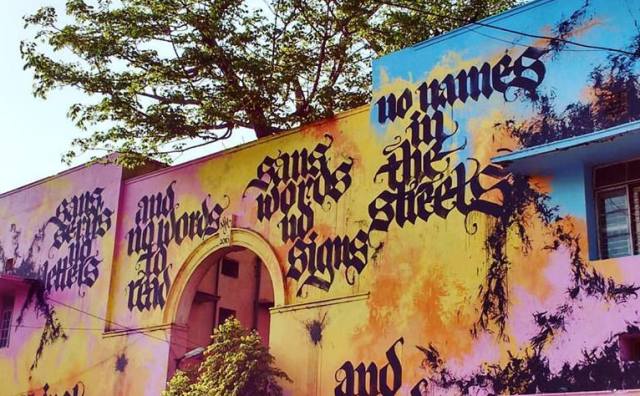
A mural is any piece of artwork painted or applied directly on a wall, ceiling or other large permanent surface. A distinguishing characteristic of mural painting is that the architectural elements of the given space are harmoniously incorporated into the picture.
This art has existed since ages. However, it’s not considered as an art and its artists are still unknown. When we hang a painting on a wall or we look at sculptures drawn on normal walls, historic caves and the monuments, do we really bother to know more about this art and the artists who have given their lives to it? In India, murals have their own significance, making the walls aesthetically dignified and elegant.
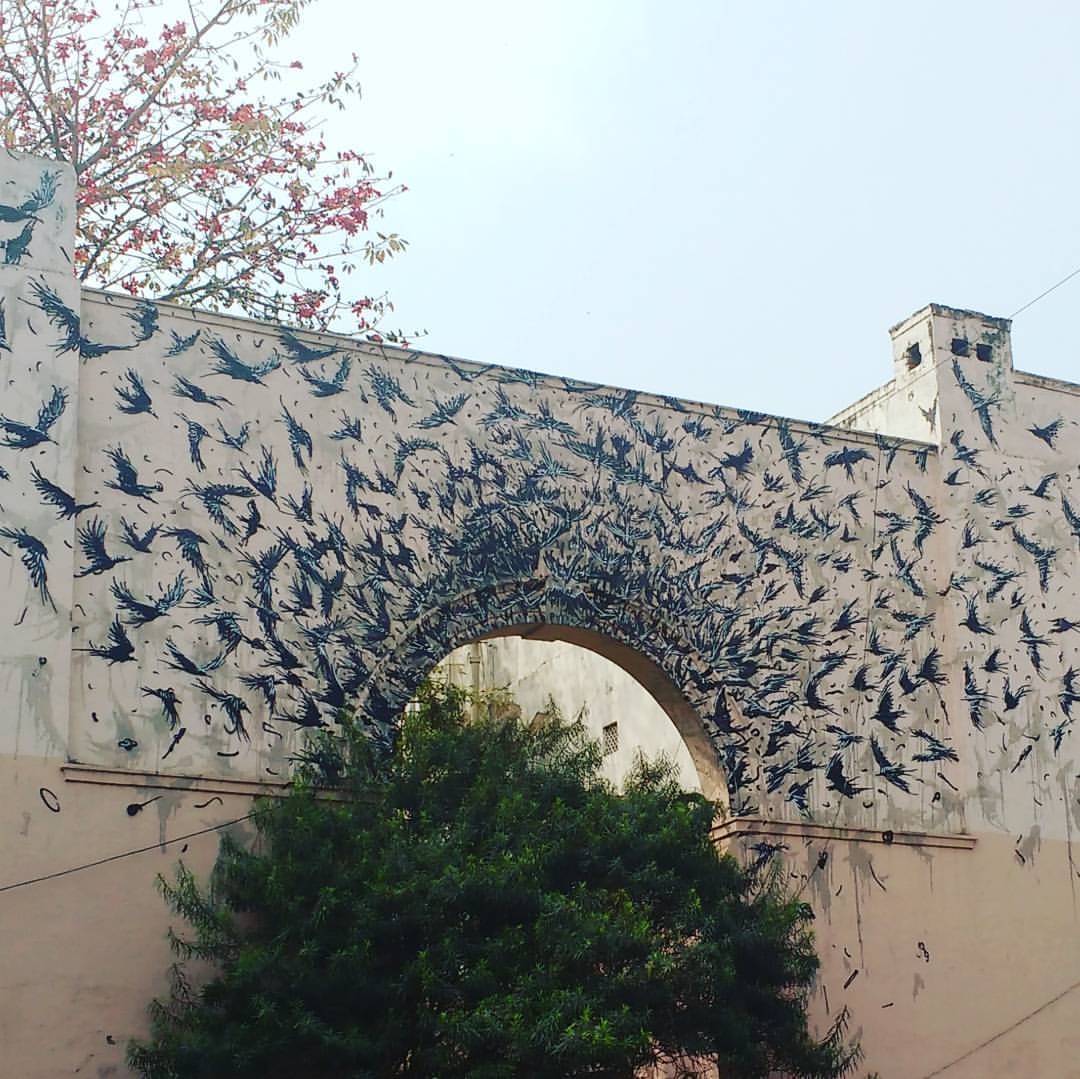
Some of them are painted on large canvases, which are then attached to the wall (e.g., with marouflage). Though it’s a subject of controversy whether these works can be accurately called “murals”, the technique has been in common use since late 19th century.
In India, murals first started being created in ancient and early medieval times, from the 2nd century BC to 8th – 10th century AD. There are more than 20 locations around India containing murals from this period, mainly natural caves and rock-cut chambers. The highest achievements of this time are the caves of Ajanta, Bagh, Sittanavasal, Armamalai Cave (Tamil Nadu), Ravan Chhaya rock shelter, Kailasanatha temple in Ellora Caves.
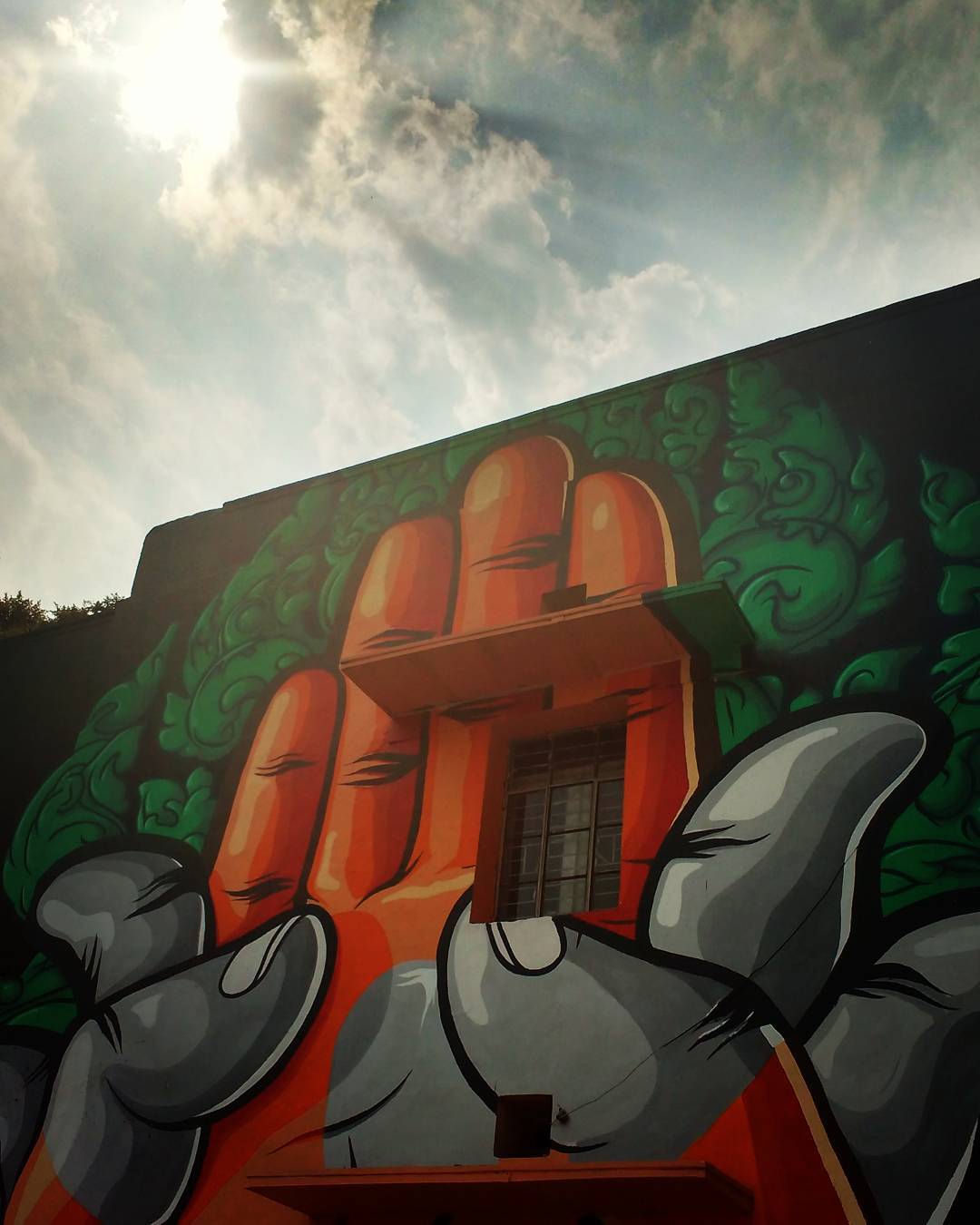
Murals from this period depict mainly religious themes of Buddhist, Jain and Hindu religions, though there are also locations where paintings were made to adorn mundane premises, like the ancient theatre room in Jogimara Cave and possible royal hunting lodge circa 7th-century AD – Ravan Chhaya rock shelter.

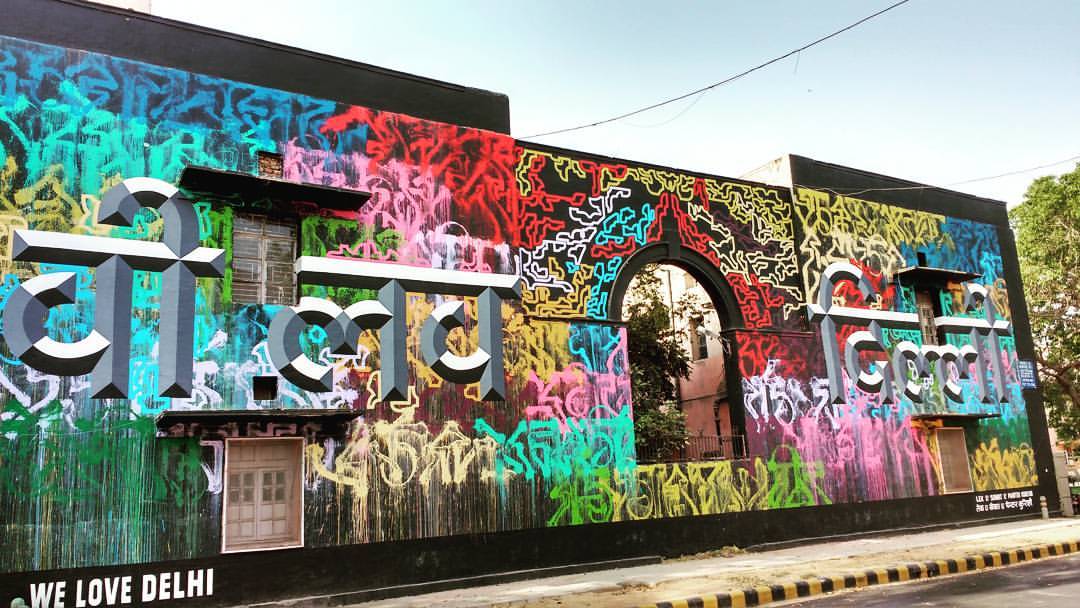

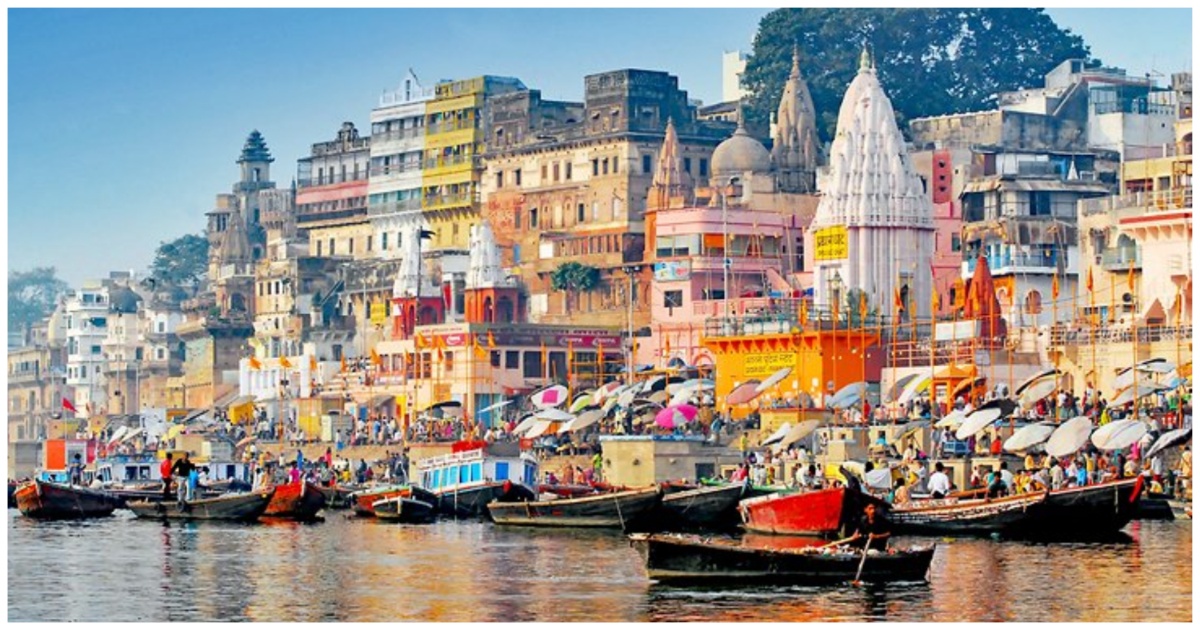
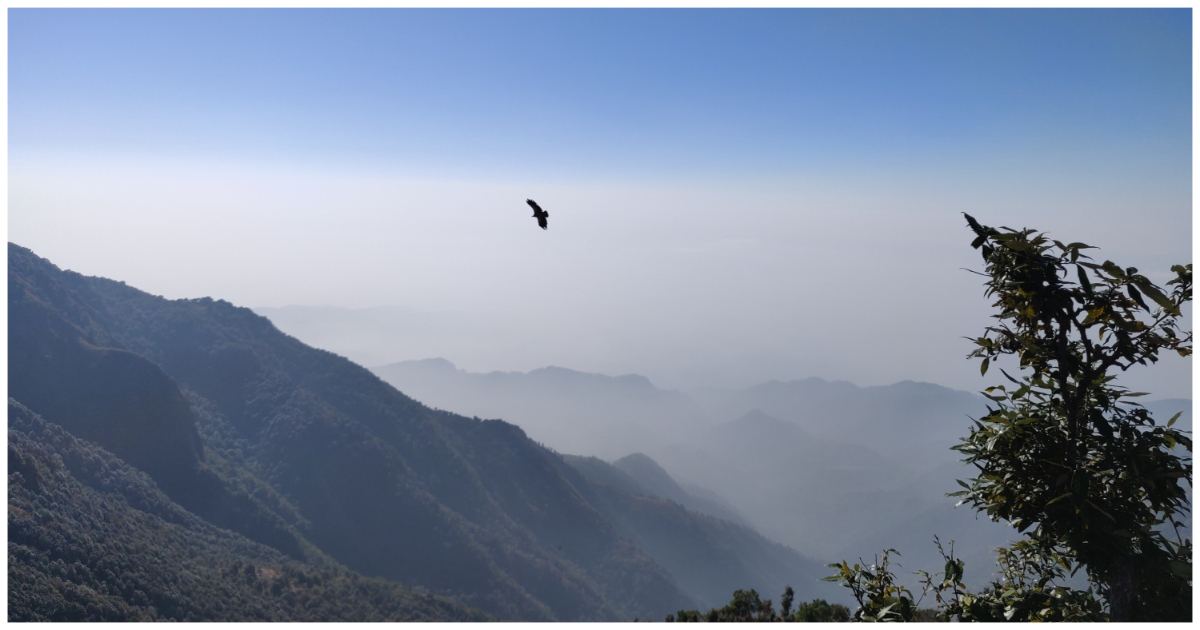
I regularly use this way but meharchand market and police station route but after seen this art i will definitely go and search there…really wonderful and by this article people will visit that place ….thanks buddy expecting more good loacation and delhi secrets from you.